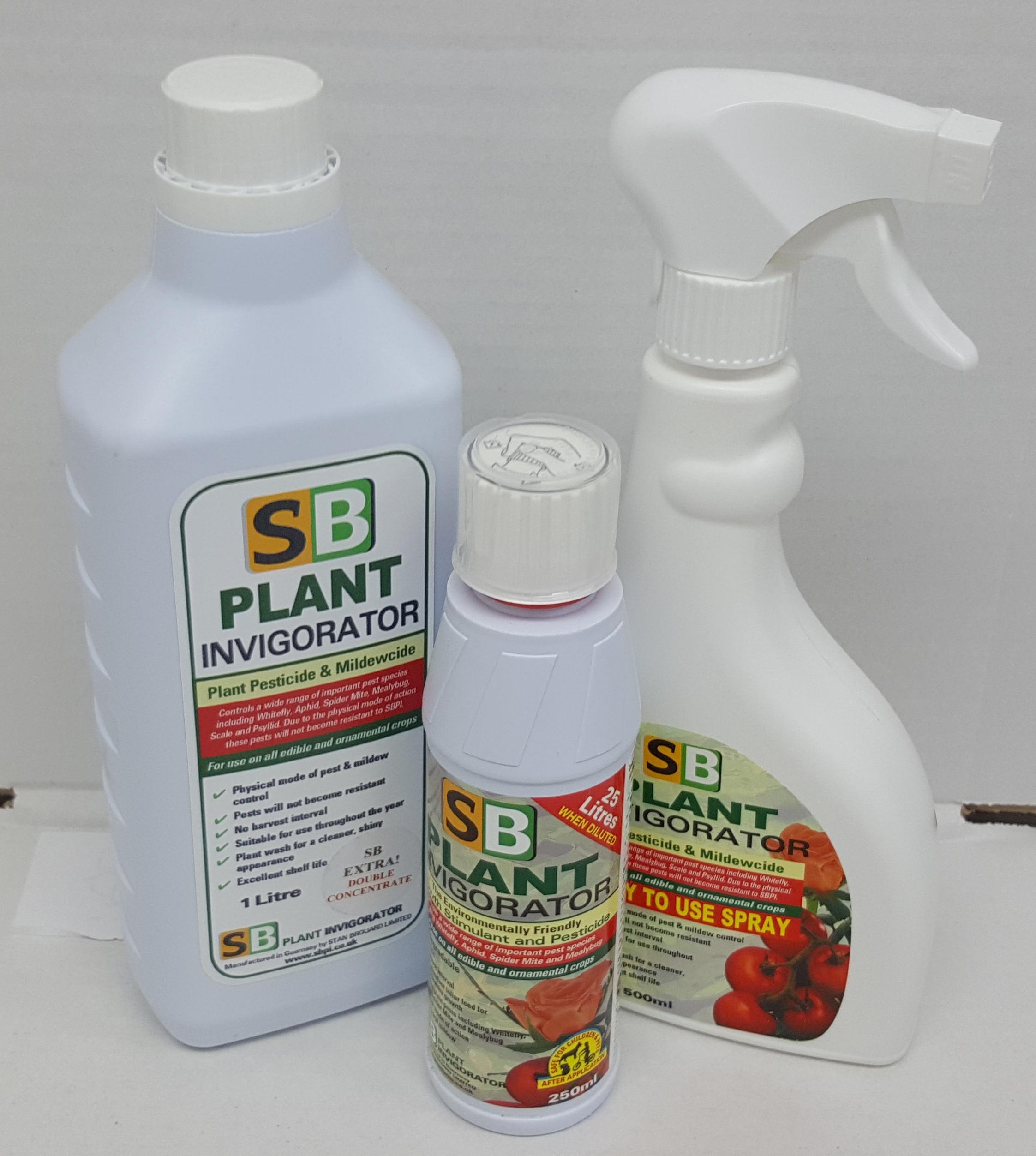3 November 2025
How to Create a Pet-Friendly Garden
If you’ve ever tried to keep your plants safe while your dog’s digging up the lawn or your cat’s sunbathing in the herb bed, you already know the struggle. But a pet-friendly garden, one that actually works for both you and your animals, is totally within reach.
This guide’s packed with tips to help you build a space that’s beautiful, safe for your pets, and tough on pests like slugs.
Choosing Pet-Safe Plants
Let’s start with the plants. Some common ones that seem harmless can actually be a big problem for pets if they nibble on them, which, let’s be honest, they often do.
You’ve got plenty of safe options, though:
- Herbs like basil, thyme, and rosemary are great for your garden, kitchen and are not dangerous for pets.
- Bright flowers such as marigolds, sunflowers, and snapdragons add colour and won’t cause harm.
- Shrubs like hibiscus and camellia are safe, and they look great too.
As for what not to plant? Lilies, azaleas, and foxgloves are all beautiful, but toxic. Best left out of pet-accessible areas entirely.
Dog-Safe Slug Repellents
Slugs are annoying. Unfortunately, so are most commercial slug killers, especially if your dog decides to sniff around. The good news is that you have options for dog-safe slug repellent products here at Green Gardener.
Here’s what to try instead:
- Nematodes – Tiny soil-dwelling organisms that kill slugs but don’t bother pets or humans. Just mix with water and pour it in.
- Copper tape – Weirdly effective. Slugs hate crossing copper, so you can stick tape around pots or garden edges.
- Vinegar or garlic sprays – Easy DIY solutions. It won’t harm your pets and helps with slug deterrence.
You can also try something like Nemaslug, which is pet-safe and widely recommended. We stock it if you’re not sure where to find it.
Creating Barriers and Safe Zones
Sometimes, pets and plants just don’t mix. So a little separation goes a long way.
Here are a few ways to keep things under control:
- Low fencing — A simple barrier so your pet knows not to cross it.
- Mulch — but make sure it’s pet-safe. Bark mulch or untreated wood chips work well.
- Raised beds — these keep plants protected and discourage trampling. Bonus: easier on your knees and back.
If your dog loves to dig, you might even want to give them a designated digging area. It can help save the rest of your garden.
Pet-Friendly Landscaping Ideas
A pet-friendly garden isn’t just about keeping pets out of places — it’s also about inviting them into the right ones.
Some ideas:
- Shaded areas — great for hot days. Use a tree, umbrella, or even a small shade sail.
- Water — a simple bowl, fountain, or even a small pet-safe pond adds a lot.
- Play spaces — somewhere soft where your dog can run, roll, or dig without ruining the rest of the yard.
It doesn’t have to be complicated — just a few tweaks can make your garden a lot more inviting (for them and for you).
Maintaining a Healthy Garden
Keeping your garden in good shape helps keep it safe, too. That means regular maintenance, but also paying attention to what you’re using.
Here’s what to focus on:
- Use natural fertilisers — chemical ones often contain stuff that’s dangerous for pets.
- Watch out for hazards — sharp tools, toxic weeds, even old plant tags can cause trouble.
- Stick with organic pest control — there are plenty of non-toxic options out there like Natural Sprays. Better for your pets, better for the soil.
Small things, done consistently, make a big difference.

Seasonal Tips for Using Slug Nematodes
Slug control is kind of a year-round battle. And if you’re using nematodes (a safe, effective option), you’ll want to tailor your approach to the season.
Here’s how to stay on top of it:
Spring Planting
This is when slugs show up and when your young plants are most at risk. Start early with nematodes once the soil’s warm enough, and use barriers where you can. Copper rings or gravel borders help, too.
Summer Maintenance
In summer, slugs tend to come out at night or after rain. Water your garden in the morning so things dry off before dusk, and keep reapplying nematodes if needed, they work best in moist soil.
Autumn Cleanup
Slugs look for hiding spots as the weather cools. Rake up dead leaves, trim back overgrowth, and re-treat the soil with nematodes to cut down the overwintering population.
Winter Protection
Even in winter, slugs don’t disappear completely. They just slow down. Keep your garden tidy, and use passive defences like copper tape to reduce early spring infestations.
Year-Round Best Practices
Whether it’s sunny or snowing, some things always help:
- Check for slug activity regularly, especially after rain.
- Mix up your planting — a diverse garden attracts natural slug predators.
- Feed your soil with compost — healthy soil = healthier plants, and fewer pest problems.
Creating a pet-friendly garden is really just about balance — keeping things safe, low-tox, and fun for both you and your animals. With some planning and regular care, your garden can be a place everyone enjoys — slugs not included.
